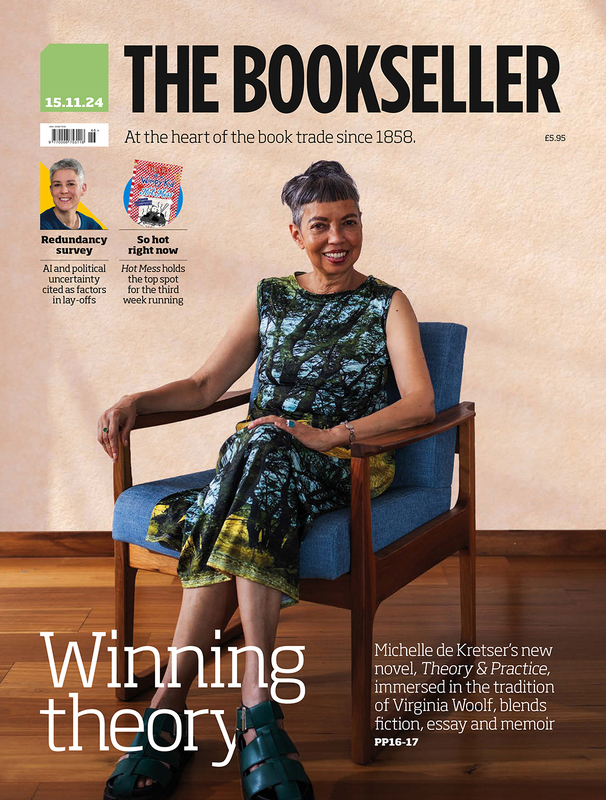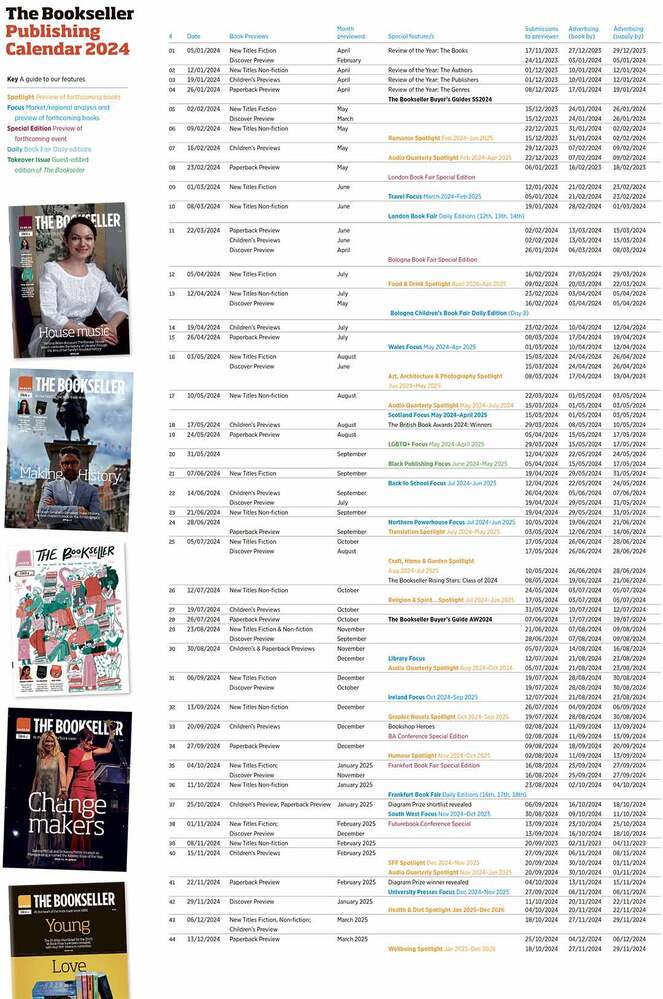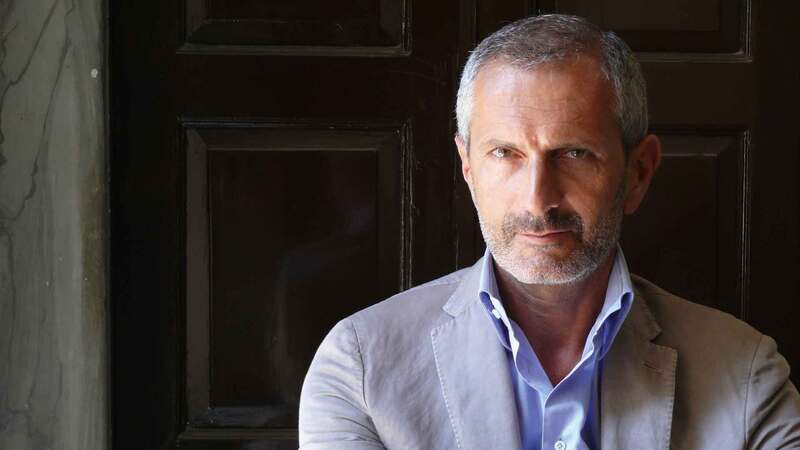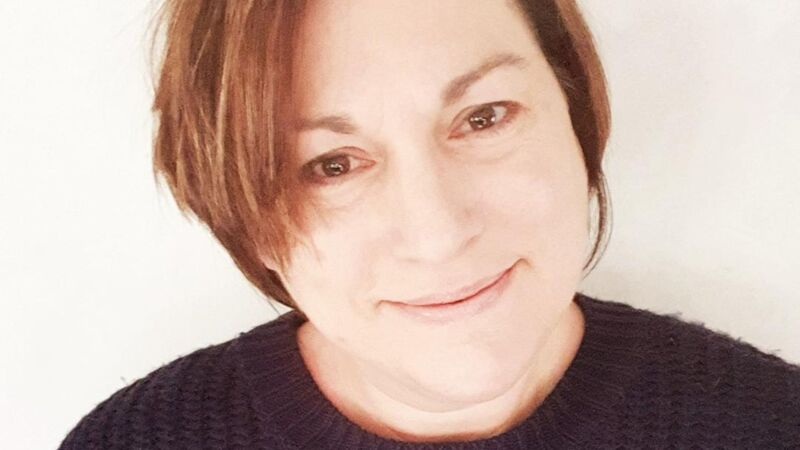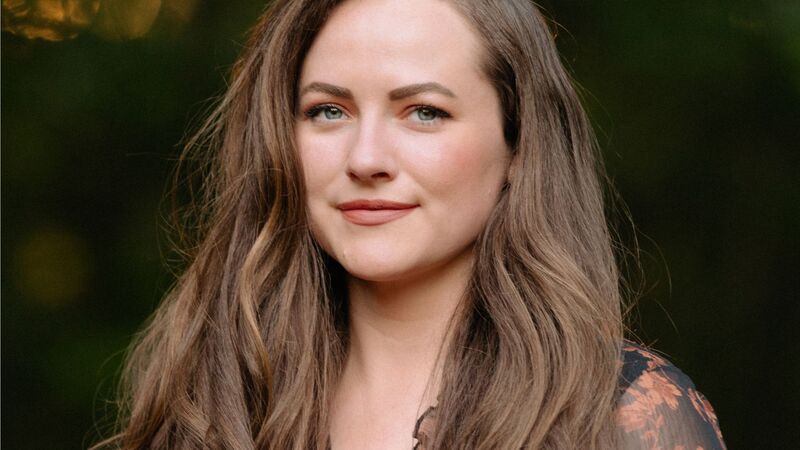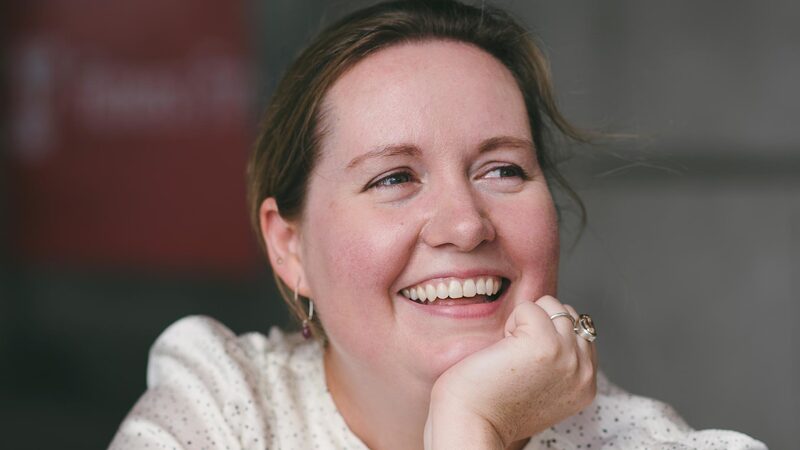You are viewing your 1 free article this month. Login to read more articles.
Joanne Harris: Chocolat and Peaches
Part of the magic of fiction is that sometimes it takes on a reality of its own. Fictional places can seem more real to us than the view from our bedroom window, and fictional people can sometimes become as close to us as our families.
Not even a writer can predict which characters will come to life, which ones will endure in readers’ hearts, outliving their creators. Of course, all my characters are dear to me, and several of them have re-surfaced in one story or another, but for some reason, it is Vianne Rocher and her daughter Anouk (who first appeared in Chocolat) who have been the most active, knocking repeatedly at my door until I had written, not one, but two sequels to the odd little tale that was published in 1999, and which has never quite left me alone.
I had no idea at the time that this, my third novel, was to become the one that launched me into the publishing world. Until then my books had had what I liked to think of as a “cult following” (which meant that they were largely unread), and Chocolat, though generally well-received by the editors to whom it was sent, was described as “too abstract and parochial” for commercial success, especially for city-based readers. Which makes it all the more ironic that Lansquenet-sous-Tannes, the tiny fictional French village in which my little story was set, should have become the hero of the book. As Chocolat became first a word-of-mouth bestseller, then a Hollywood movie, it suddenly felt as if everywhere, people were looking for Lansquenet. Perhaps I’d inadvertently tapped into some kind of urban fantasy in portraying the rural French Southwest; the food and wine of the area; the appeal of a community so lost in time that Hollywood refused to believe it existed at all, and relocated it to the 1950s.
Some even claimed to have found Lansquenet, and wrote to tell me about it. Several villages in the Gers, in Armagnac, in Anjou, in Provence, have all claimed to be the “real” Lansquenet, some even going as far as to put up signs announcing it to tourists. One Japanese fan was convinced that Lansquenet was actually his village, and that I was secretly living there, observing him and his neighbours.
What was it then about Lansquenet that captured so many readers’ hearts? Even now I have no idea. Perhaps a shared nostalgia for a mostly fictional time, or maybe some of my readers recognized themselves or their families in the characters from my story. Either way, my little trip to Lansquenet had taken me further than I’d ever imagined. But even then I understood that to consciously try to repeat that success would only lead to disappointment. So, like Vianne, I moved away. I wrote some very different books; mysteries; short stories; fantasy; darker fiction. I thought I’d finished with Lansquenet, but, I soon realized that, like Vianne, Lansquenet hadn’t finished with me.
I am not Vianne Rocher. But we have some things in common: a stubbornness; a fear of constraint; a habit of making vows to ourselves that we cannot be sure of keeping. Perhaps this is why, having promised myself that there would never be a sequel to Chocolat, I found myself writing about her again in The Lollipop Shoes, a story set in Paris four years after Chocolat, in which she and her daughter Anouk face a threat far greater than Francis Reynaud, the cold and intolerant village priest who opposed them four years earlier.
But The Lollipop Shoes was quite a different kind of story to Chocolat. In it, Vianne has lost her way; experience has marked her. She has another daughter now, and Anouk, six years old in Chocolat, is entering adolescence. The tiny village of Lansquenet is a world away from Paris, where Vianne and her daughters have finally found a place in which to settle down. But some places (even fictional ones) have a way of drawing us in. The fact that I’d always resisted this made it all the more inevitable – like Vianne, I feel the pull of the wind, of forces that I cannot control. And the more I resisted, the more I found myself thinking: why not? I could go back. Just to see what’s happening…
As I was writing Chocolat, I had already chosen not to set my story in a real place. I wanted the freedom that fiction affords; the freedom to run things as I choose; to depict the France of my childhood in all its sweet nostalgia. As a result, for all its modern references, the world of Chocolat had a certain timeless, Brigadoon-like quality. But now, as I approached the idea of going back to Lansquenet, I had to consider the possibility that, like Vianne, my world might have changed. Could I allow that to happen? Dare I even try?
The Lollipop Shoes had been greeted by some with joy that I’d chosen to re-visit Vianne, by others with indignation, even anger. Why had I changed Vianne, they said? Why had the heroine of Chocolat – that carefree, independent soul – become this wary, secretive being, afraid to use her magic, afraid to stand out from the crowd? I tried to explain. I hadn’t changed Vianne. Life had changed Vianne, which was why the story came into being in the first place. Change is sometimes uncomfortable, but change is what drives the dream machine, and I knew that if I wanted to write about Lansquenet again, yet more changes would have to occur. In Peaches for Monsieur le Curé, the third of my books about Vianne Rocher, the village of Lansquenet-sous-Tannes, a character in its own right, has undergone an upheaval. It is partly this upheaval that brings Vianne back; and the change it brings runs deep within the community, affecting everyone – including Francis Reynaud, the priest, Vianne’s old adversary.
At this point I have to confess something - I’m really very fond of Reynaud. Even in Chocolat, I saw him less as a villain and more as a troubled, lonely man who mistakes affection for weakness and pleasure for self-indulgence. In Peaches, life (and Vianne Rocher) have wrought their own changes in Reynaud, and his role is quite a different one. I’m glad of this; I don’t believe in black-and-white portrayals of heroes and villains, and I’d always thought that he and Vianne had more in common than either of them suspected. As a result, in Peaches, both of them find themselves confronting the very same adversary, as twenty-first century politics enter their hitherto timeless world, and Vianne and Reynaud must come face-to-face with their personal demons.
In Vianne’s case, the demon has always been some hidden reflection of herself; and in Peaches, this takes the form of a mysterious woman of North African origin, Inès Bencharki, who wears a full veil, has a daughter, is shunned by almost everyone, and lives, as Vianne once did, in the chocolaterie across from the church, while, across the river, a community of Moroccan immigrants has arisen to trouble Francis Reynaud, led by Mohammed Mahjoubi, who in many ways appears as a mirror-image of Reynaud himself.
Was it hard, coming back to Lansquenet? Not as hard as I’d imagined. Like Vianne, I’d resisted its attraction, but when I finally gave in, it was almost like coming home. So many things are still the same; so many old friends are still alive. And I found myself remembering scents and sounds and textures, so that the story is filled with them, making it real enough to believe.
Will I go back? A part of me knows better than to answer that. After all, Vianne and I have a history of doing the very things we promised ourselves never to do. All I can say is that sometimes, fiction becomes reality. All we can do is see where it takes us – and try to keep up with it, if we can.
Peaches for Monsieur le Curé by Joanne Harris is out on 24 May, published by Doubleday.


